Will a Leaf Blower Work on a Snow?
- January 18, 2024
- 1 comment
Winter often poses the question: how best to remove snow? While shovels and snowblowers are the traditional go-to, some are turning to less conventional methods, such as leaf blowers. This article delves into the effectiveness of leaf blowers in snow removal, drawing from a real-world experiment conducted by a user with the STIHL BR 800X, as featured in a Timber Time Outdoors video.
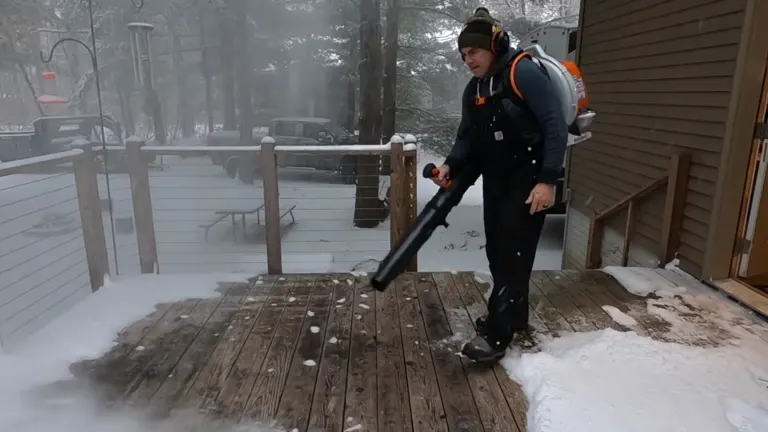
The STIHL BR 800X: Not Just for Leaves
STIHL BR 800X Specifications
| POWER SOURCE | Gas |
| WEIGHT | 23.1 lbs. |
| BLOWING FORCE IN STANDARD MODE | 41 Newtons |
| SOUND PRESSURE RATING | 78 dB(A) |
| MAX. AIR VELOCITY | 239 mph |
| AIR VOLUME AT NOZZLE | 912 cfm |
| ENGINE POWER | 4.4 bhp |
| FUEL CAPACITY | 67.6 oz. |
| DISPLACEMENT | 79.9 cc |
The STIHL BR 800X, a powerhouse in leaf blowing, was put to an unconventional test: snow removal. The user embarked on this experiment as winter laid a white blanket over their surroundings. The goal was to assess the leaf blower’s utility in clearing snow from various surfaces, including a deck, sidewalks, and a truck. With about an inch of snow on the ground and expectations for more, the stage was set for a comprehensive evaluation.
Early Success with Light Snow
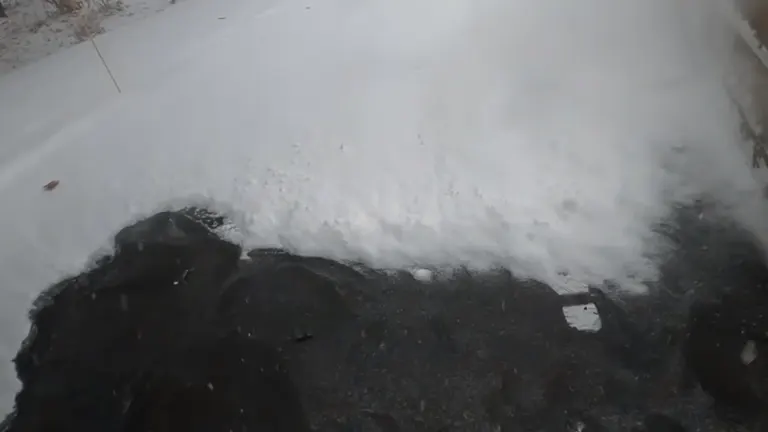
The initial trials were promising. The Stihl BR 800X effortlessly cleared the light layer of snow, about two and a half inches deep, off the designated surfaces. The leaf blower’s power made quick work of this task, pointing to its potential as a handy tool for light snowfalls. However, it was noted that its effectiveness was contingent on the snow’s consistency and whether it had been compacted by foot traffic or other means.
Challenging the Limits: Deeper Snow
The experiment entered a critical phase as the snowfall persisted, layering the landscape with a substantial 13-inch blanket. This scenario presented a formidable challenge, putting the prowess of the Stihl BR 800X to an ultimate test. Remarkably, the leaf blower rose to the occasion, showcasing its ability to combat even this significant snow depth. The key to this unexpected success lay in the nature of the snow itself – its light and airy composition was perfectly aligned with the conditions where a leaf blower can truly excel.
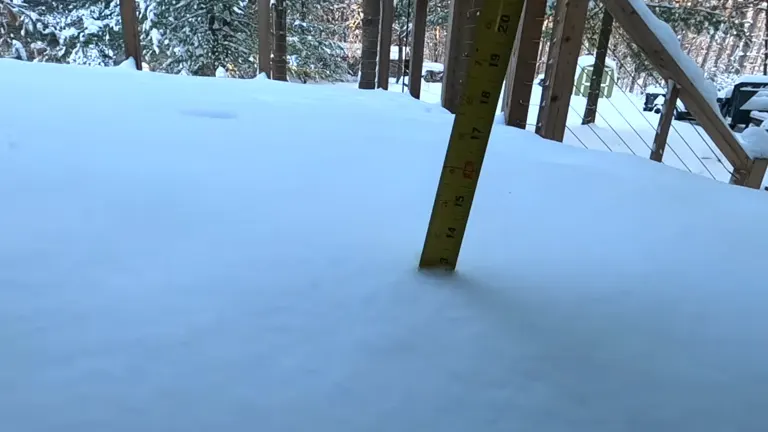
However, it’s crucial to acknowledge that this feat wasn’t achieved without its own set of challenges. The user noted a marked increase in the effort and time required to clear such a deep accumulation of snow. This observation underscores a pivotal point – while the Stihl BR 800X demonstrated its potential to go beyond mere leaf blowing, the effectiveness in snow removal is highly contingent on the snow’s characteristics and the depth encountered.
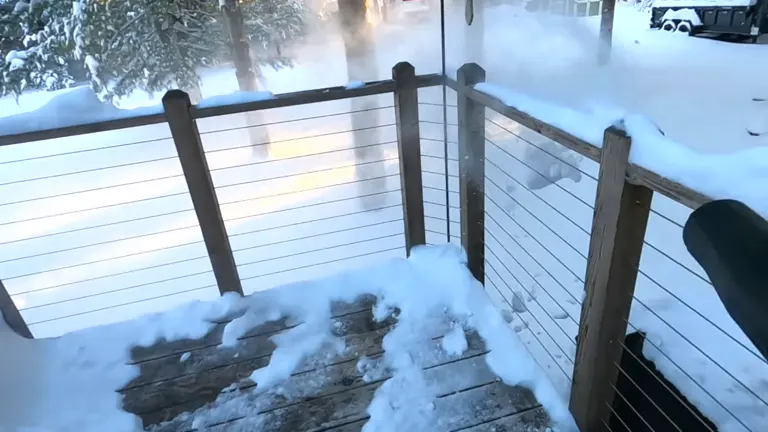
In this demanding test, the leaf blower navigated the fine line between capability and practicality, proving that while it can venture into the realm of heavy snow removal, it does so with a caveat regarding the increased investment of time and physical effort.
Practical Insights and Considerations
The user’s experience with the Stihl BR 800X leaf blower in snow removal revealed several key insights:
- For light snowfalls (up to about three or four inches), the leaf blower is highly efficient, quickly clearing decks, sidewalks, and other areas.
- The leaf blower’s efficiency drops significantly when dealing with compacted snow, making it less suitable for areas with heavy foot or vehicle traffic.
- Surprisingly, the leaf blower can tackle deeper snow, provided it’s light and fluffy. However, this is more time-consuming and may not be practical for everyone.
- The Stihl BR 800X proves to be a versatile tool, useful in various conditions, and especially handy for post-snowfall cleanups or clearing hard-to-reach areas.
Check out another fascinating video here: “Blowing Snow with a Leaf Blower,” featuring 19ztu47 utilizing the STIHL SH 86 C-E.
In conclusion, while a leaf blower, such as the Stihl BR 800X or the STIHL SH 86 C-E, can be effective in snow removal under specific conditions, recognizing its limitations is crucial. These tools excel in clearing light, fluffy snow, offering a convenient solution for swift cleanups and smaller areas. However, when faced with heavy, wet, or compacted snow, traditional snow removal equipment might remain the more reliable and practical choice.
FAQs
- Can any leaf blower be used for snow removal, or are certain types more effective?
While many leaf blowers can move light, fluffy snow, gas-powered models like the Stihl BR 800X tend to be more effective due to their higher power and airflow. Electric and battery-operated models might struggle with heavier or wetter snow. - Is it safe to use my leaf blower in snowy conditions?
While using a leaf blower for light snow can be effective, it’s essential to consider the manufacturer’s guidelines. Exposure to cold and moisture can affect the blower’s performance and longevity. Ensure your leaf blower is designed to handle these conditions or take extra precautions to protect it. - How deep can the snow be for a leaf blower to still be effective?
Leaf blowers work best on snow that is light and fluffy and up to a few inches deep. The Stihl BR 800X, for example, managed to clear snow up to 13 inches deep under optimal conditions. However, effectiveness decreases with greater depth and snow density. - What types of snow are not suitable for removal with a leaf blower?
Leaf blowers are less effective on wet, heavy, or compacted snow. They also struggle with icy layers of snow that have been walked on or driven over, as the density and weight of the snow make it harder to move. - Can I use a leaf blower to clear snow off my car?
Yes, a leaf blower can be an efficient tool for removing a light layer of snow from your vehicle. It’s quick and prevents the potential scratches that can come from using a snow brush or scraper. However, be mindful of the blower’s power setting to avoid any damage to your vehicle’s paint or components. - Are there any precautions I should take when using a leaf blower for snow removal?
Yes, always ensure you’re wearing appropriate cold-weather gear to protect yourself from the cold and any flying debris. Also, be cautious about where you direct the snow to avoid damaging plants or property. Lastly, ensure your leaf blower is well-maintained and check the manufacturer’s instructions regarding usage in colder temperatures. - Can prolonged use of a leaf blower for snow removal cause damage to the machine?
Continuous exposure to cold temperatures and moisture can potentially harm a leaf blower, especially if it’s not designed for such conditions. Always follow maintenance routines as per the manufacturer’s guidelines and store the leaf blower properly after use to prolong its lifespan.
Join the discussion below by sharing your experiences, tips, or reviews. Your contributions help others make informed decisions and navigate their chainsaw choices with confidence. Let’s build a community of shared knowledge for all wood-cutting enthusiasts!

David Murray
Forestry AuthorI'm David Murry, a forestry equipment specialist with a focus on chainsaw operation. With over 13 years of experience, I've honed my skills in operating and maintaining a wide range of machinery, from chainsaws to log splitters. My passion for the outdoors and commitment to sustainable forestry drive my work, which emphasizes safety, efficiency, and staying updated with industry advancements. Additionally, I'm dedicated to sharing my expertise and promoting environmental awareness within the forestry community.








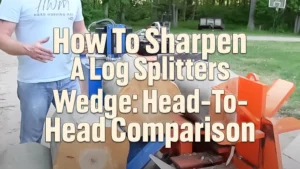





Dang wanna try this
Kiethmacon
January 21, 2024 3:24 pm